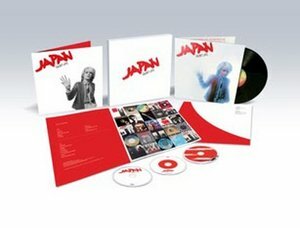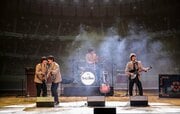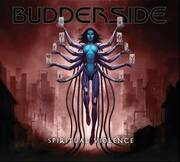New York, NY (Top40 Charts) Japan's classic album Quiet Life metaphorically and literally ended the 70s and kick-started the 80s due to being released in the run-up to Christmas the album was released in certain countries in 1979 and others in 1980.
This is uniquely fitting for a band that were about to step out of the glam rock, post-punk shadows and deliver a record with a brand new sound that would come to define the new decade.
Quiet Life was the third, final and most successful release for the band on the Hansa Records label. The album and its attendant singles; Quiet Life & All Tomorrow's Parties as well as other non-album singles included on the new deluxe version; Life In Tokyo, European Son & I Second That Emotion acted as a forerunner for the alternative, new wave & new romantic sound of the early 80s.
While the album wouldn't make the top 50 in the UK the first time around its enduring influence would be felt for decades to come and it is now universally acknowledged of one of the great classic British albums of the era.
Quiet Life is now the subject of a major new reissue featuring a brand new half-speed remaster of the original album, alternate mixes, b-sides, singles, rarities and live material including an audience recording of the sought after 'lost' Live at Budokan show from March 1980 previously only available as the 4 track EP 'Live in Japan'.
The release features newly restored original album artwork, exclusive new liner notes with a foreword by original producer, John Punter, rare and unseen photography and memorabilia.
Speaking about Quiet Life in 2019 Japan Drummer Steve Jansen says "It felt like a more accomplished body of work as a group of musicians who had begun to find a voice rather than simply proving the ability to write/play music".
Keyboard player Richard Barbieri also acknowledges the seismic shift that the band had experienced "It's as if we discovered sophistication, subtlety and nuance overnight. A big change was that
David started writing more on the piano and I think this produced stronger song material at that time. This lent itself towards more open and spacious sounding pieces and we started to understand about how to build arrangements."























